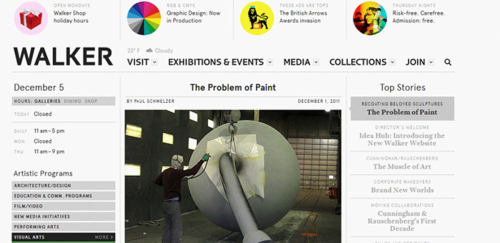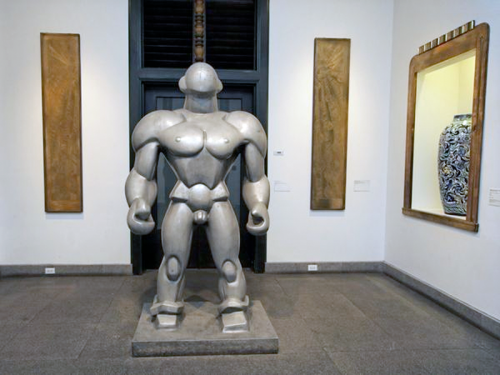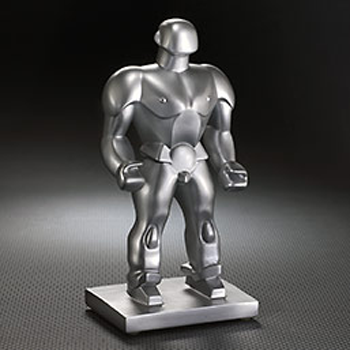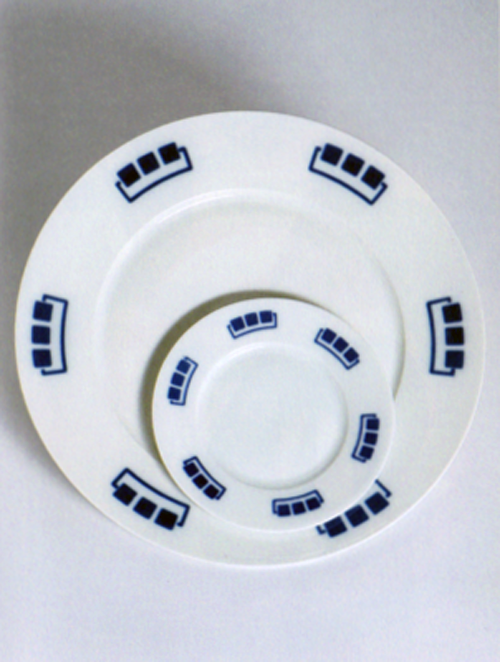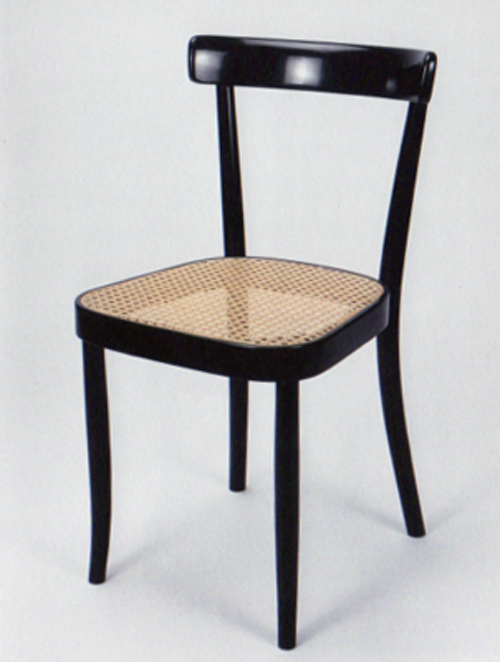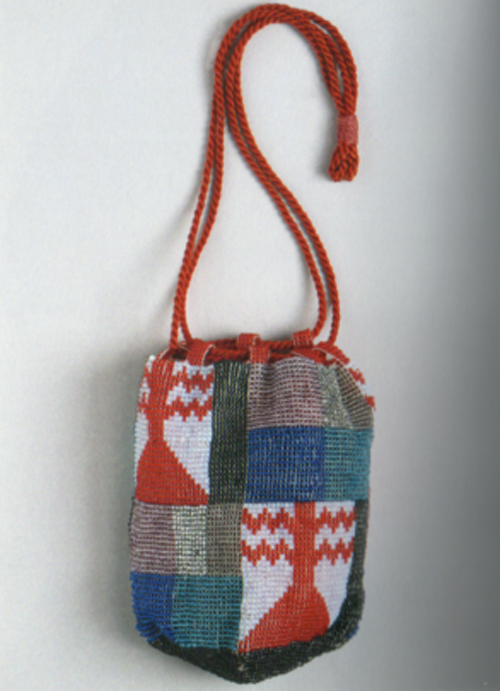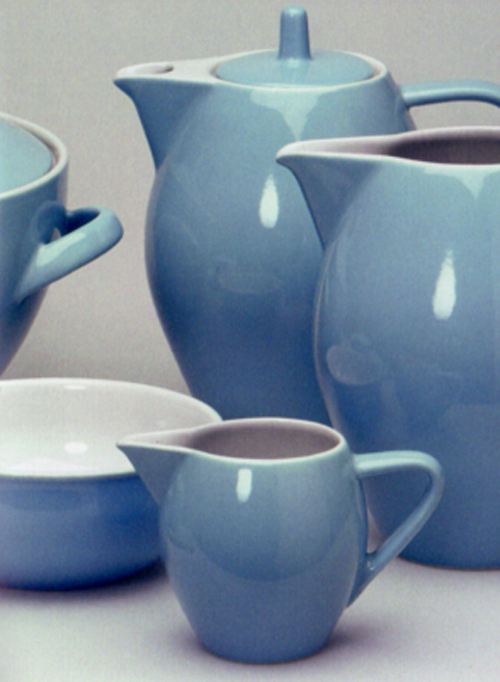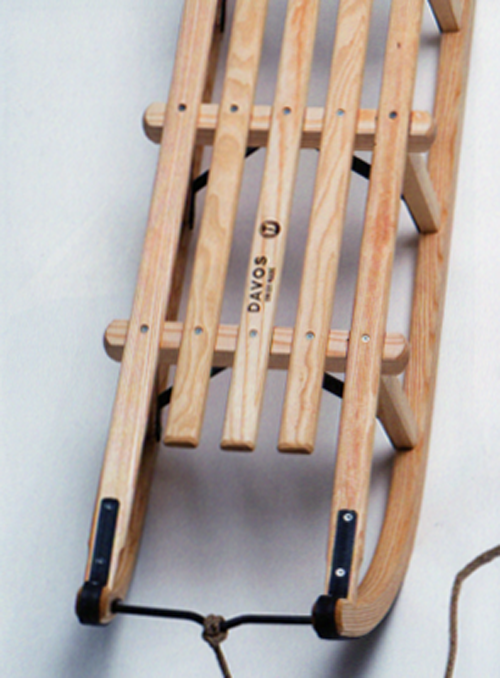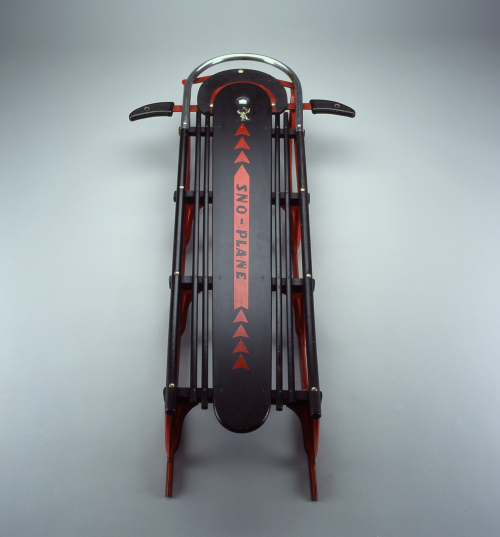
american streamlined design: the world of tomorrow. february 6. tulsa, oklahoma.
designer harold l. van doren / john gordon rideout. skippy sno-plane sled. c. 1933
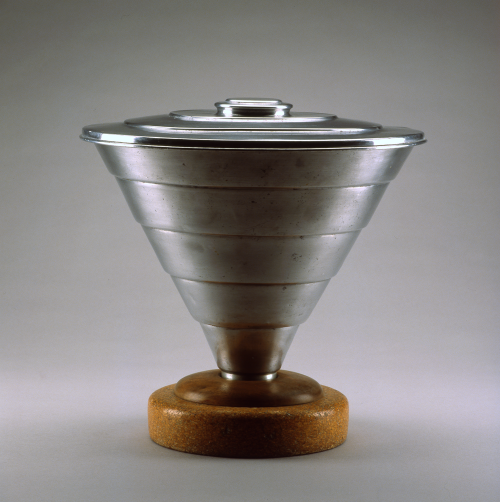
designer dr. peter schlumbohm. cinderella garbage pail. c. 1930–1940
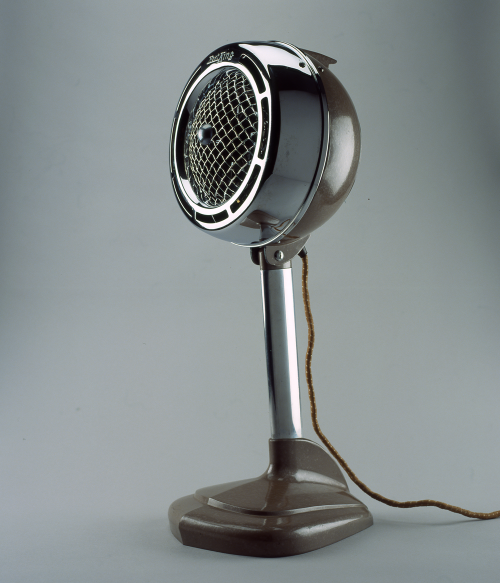
designer dave chapman. heat king fan heater. c. 1948
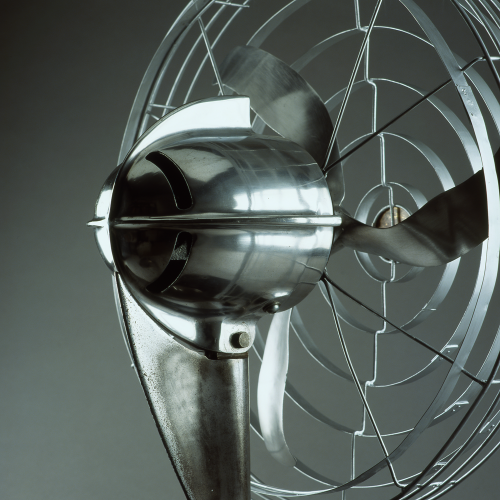
designer robert davit budlong. ward co. zephyr fan (model D22-TL). c. 1936
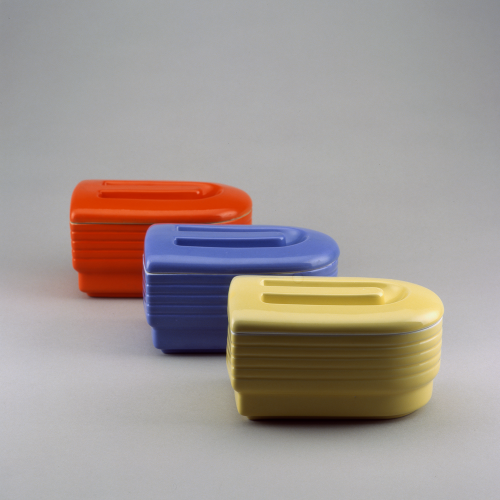
design attributed to ralph e. kruck. general refrigerator leftover dishes. c. 1939
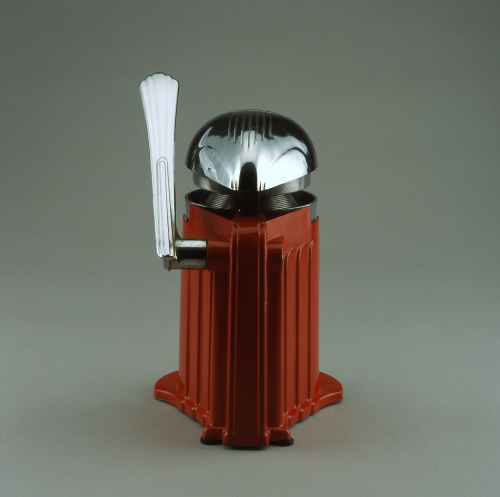
joseph m. majewski, jr. juice-o-mat juicer. c. 1937
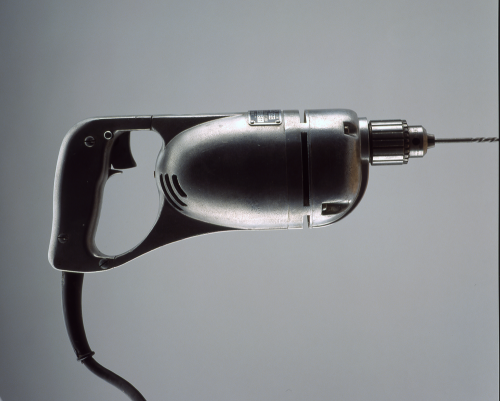
designer unknown. skilsaw electric drill. c. 1935–1940
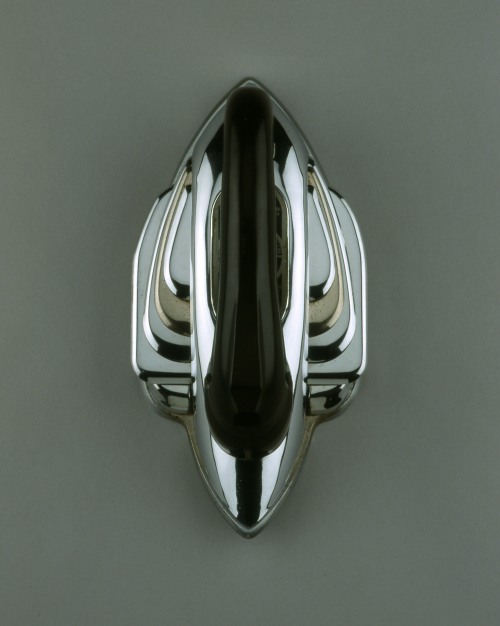
designers clifford brooks stevens / edward p. schreyer. waverly petipoint iron. c. 1941
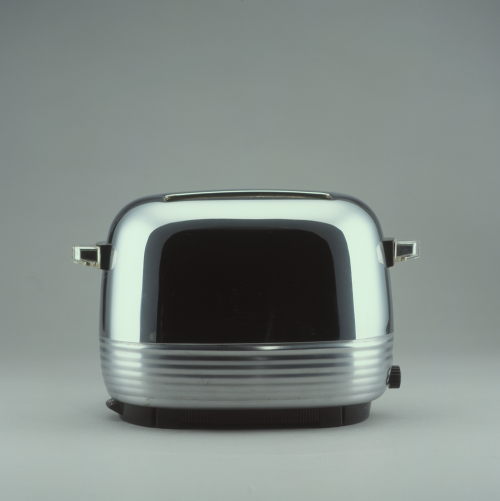
designer donald earl daily. proctor automatic pop-up toaster. c. 1947
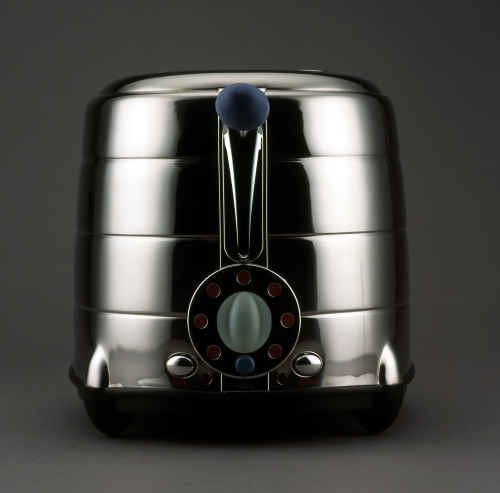
designer michael graves. rival toaster (model TT 9275). 2000
American Streamlined Design: The World of Tomorrow, focuses on a design era that emerged during the 1930s and 1940s, characterized by curving forms, and smooth, clean silhouettes. The style, which suggested speed and glamor, entered American design in the post-Depression years. It was widely applied in new forms of architecture, interior decoration and everyday household goods for the home and office.
American Streamlined Design presents the work of such leaders in consumer and industrial design as Raymond Loewy, Norman Bel Geddes, Henry Dreyfuss, and Walter Dorwin Teague, as well as less well-known talents, including Egmont Arens and Robert Heller.
Over 185 objects in diverse new materials, from Bakelite to stainless steel, are organized thematically around the spheres of American life in the 1930s-50s: the office and workroom, the living room, kitchen, and bath, recreation and transportation. A final section, Streamlining Now, looks at how streamlining still affects design today.
With the recent acquisition of the George R. Kravis world-class industrial design collection, its strategic partnership with the Vitra Design Museum (Weil am Rhein, Germany), and the announcement of the museum’s forthcoming satellite location for modern and contemporary art and design in Tulsa’s Brady Arts District, make the museum a major new destination for the appreciation and curatorship of 20th century design. This exhibition was organized and is circulated by the Liliane and David M. Stewart Program for Modern Design, Montreal. [philbrook museum]
view american streamlined design part 1
 click > enlarge
click > enlarge





